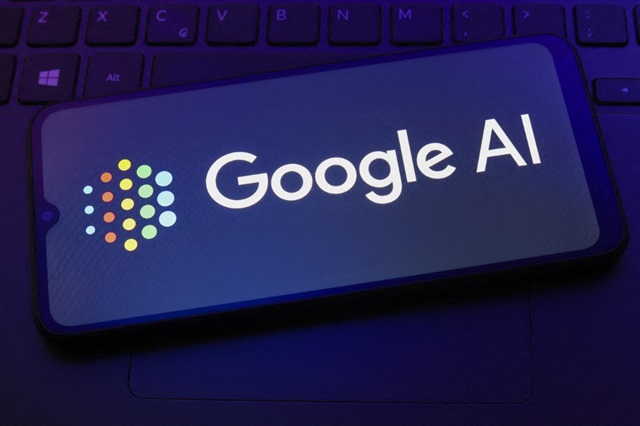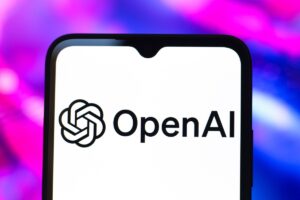Google Unveils AI Model for Robotics, Competing with Meta and OpenAI

Google Introduces AI Model for Robotics
Overview of Google’s Recent AI Initiative
In a significant move in the tech world, Google has launched a new artificial intelligence (AI) model aimed at enhancing robotics. This innovative technology is designed to improve the capabilities of robots, putting Google in direct competition with other notable companies like Meta and OpenAI. As the demand for intelligent robotics grows, advancements such as these are expected to redefine how we interact with machines.
The Importance of AI in Robotics
AI technologies are at the forefront of numerous industries, and their integration into robotics is particularly transformative. Here are a few key benefits of AI-driven robotics:
Increased Efficiency: Robots equipped with AI can operate more efficiently than traditional counterparts. They learn from their environment and can adapt their actions based on what they learn.
Enhanced Precision: AI allows robots to perform tasks with improved accuracy. This is especially crucial in fields like manufacturing, where precision can impact product quality.
- Improved Adaptability: AI-enabled robots can adjust to new tasks or environments. This adaptability means they can be used in various settings, from factories to homes.
Google’s Strategic Approach
Google’s entry into the robotics sector involves advanced machine learning frameworks that empower robots to better understand their surroundings. With extensive knowledge in AI and data analytics, Google’s model is predicted to enhance a robot’s ability to perform complex tasks.
Key Features of the AI Model
Machine Learning Algorithms: At the heart of Google’s robotics AI is sophisticated machine learning. These algorithms enable robots to learn from data and improve over time, leading to more effective problem-solving capabilities.
Data-Driven Insights: Google utilizes vast datasets to inform the robot’s actions. This data-driven approach ensures that robots can make informed decisions based on real-world scenarios.
- Real-Time Processing: The model is designed for real-time analysis, allowing robots to respond quickly and effectively to changes in their environment.
Competition in the Robotics AI Space
The introduction of Google’s AI model heightens the competition among major tech companies, notably Meta and OpenAI. Each of these firms is investing heavily in AI and robotics, leading to rapid advancements in the industry.
Comparative Developments
Meta: Known for its focus on social media and interaction, Meta is developing AI for robotics with an emphasis on creating robots that can engage with humans more effectively.
- OpenAI: With a focus on creating general artificial intelligence, OpenAI prioritizes robotic models that can understand and perform a wide array of tasks beyond pre-determined programming.
Future Implications of AI Robotics
As the lines between AI and robotics blur, this advancement opens avenues for numerous applications:
Healthcare: AI robotics can assist in surgeries, providing greater precision and speeding up procedures.
Transportation: Autonomous vehicles are on the rise, with robotic systems utilizing AI for navigation and decision-making.
- Domestic Helpers: Home robots equipped with AI could revolutionize chores and improve quality of life, offering assistance in daily tasks.
Final Thoughts
With Google now venturing into the robotics field with a robust AI model, the dynamics of technology and automation are expected to evolve considerably. As companies like Google, Meta, and OpenAI continue to innovate, society will witness a surge in practical applications that leverage AI in robotics. This competitive landscape not only spurs technological advancements but also invites a myriad of possibilities for future interactions between humans and machines.






